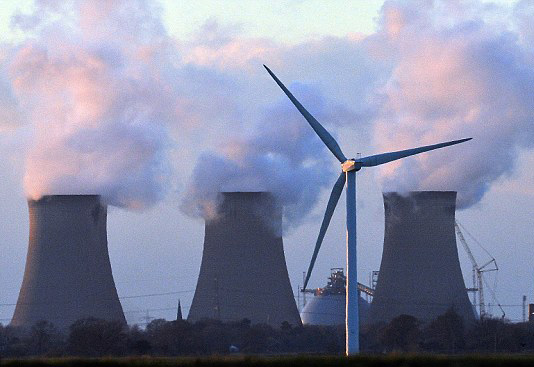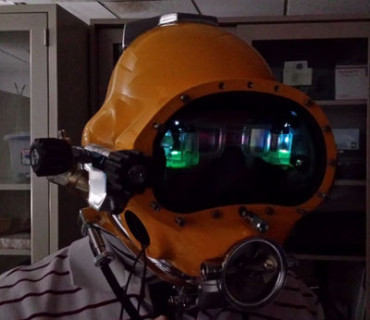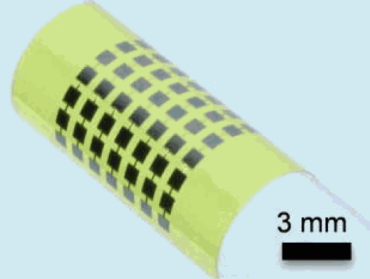Scientists at the Department of Energy’s Oak Ridge National Laboratory have developed an electrochemical process that uses tiny spikes of carbon and copper to turn carbon dioxide, a greenhouse gas, into ethanol.
The researchers have created a catalyst – a substance that increases the rate of a chemical reaction – made of carbon, copper and nitrogen.
What makes the new catalyst unique, is its nanoscale structure, consisting of copper particles embedded in carbon spikes
This novel texture avoids the use of expensive or rare metals, and would make scaling up the catalyst a realistic goal.
Turning pollution into FUEL





